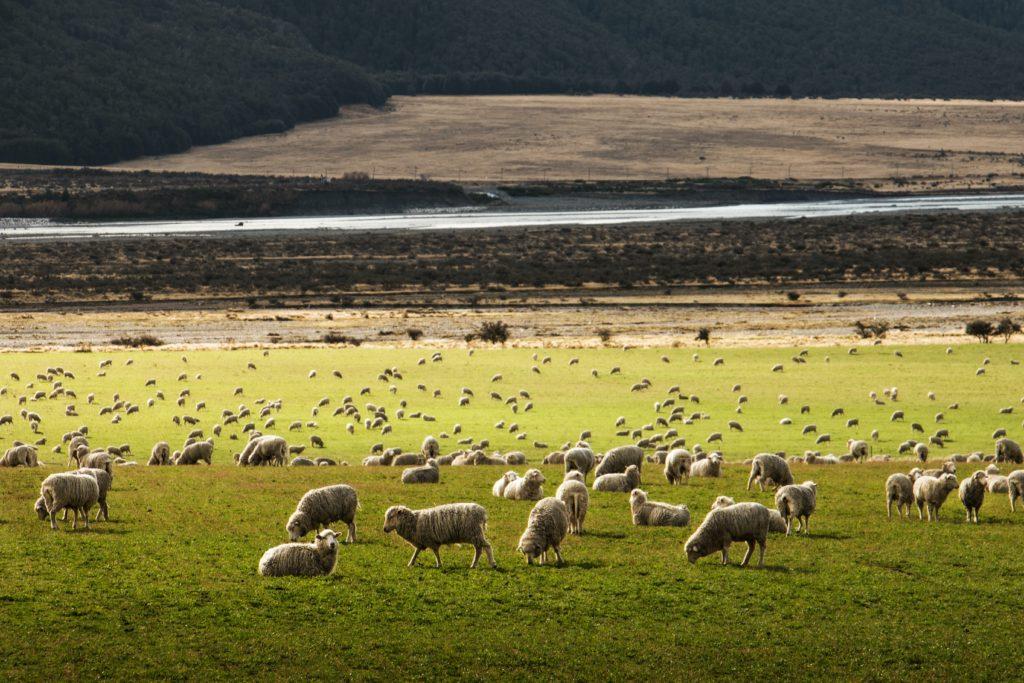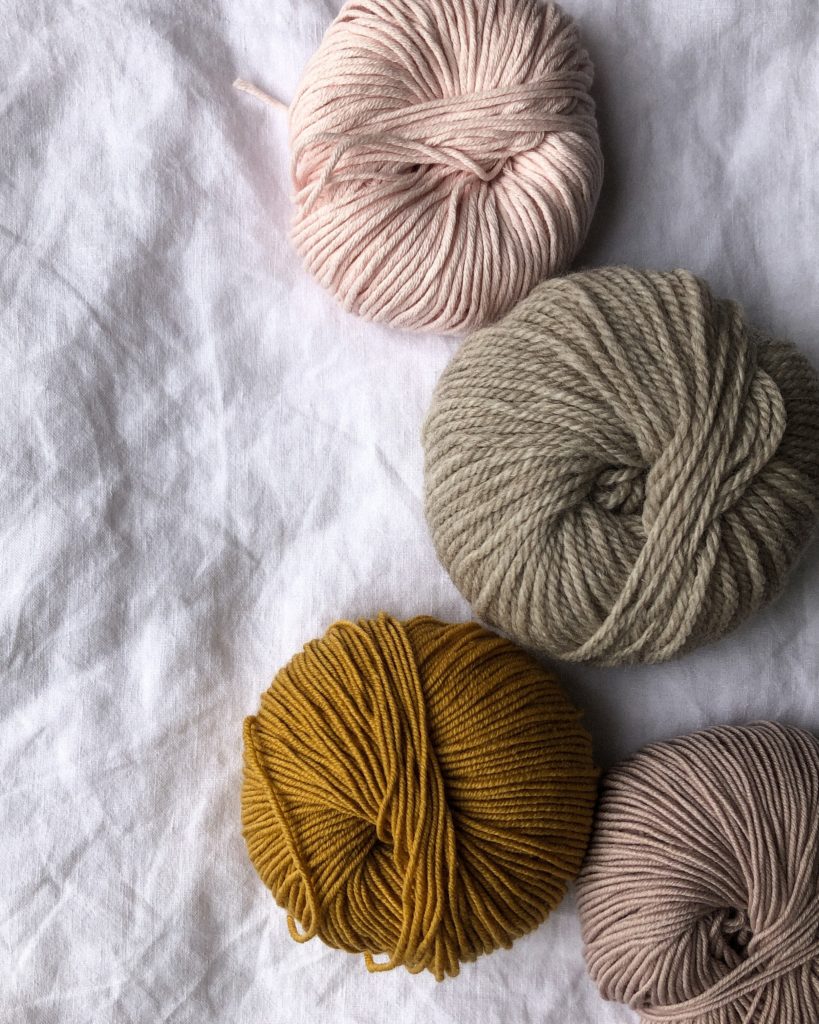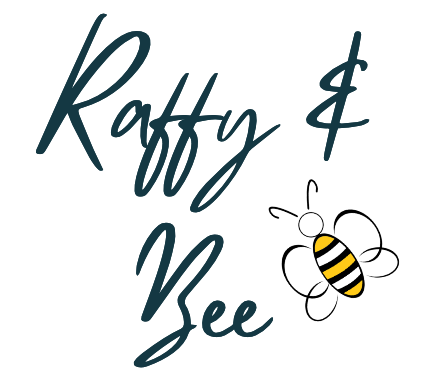Bio Nylon wool. Is it as good as the hype?
Is Bio Nylon wool truly the sustainable revolution it claims to be, or is it just another passing trend? In recent years, there has been a surge of excitement surrounding this innovative fibre. This surge has boasted its eco-friendly nature and superior performance.
In this blog post, we aim to delve into the world of Bio Nylon wool. We will explore its properties, sustainability, performance, and ethical considerations.
Let’s uncover the truth behind the hype and determine if this wool is the ultimate solution we’ve been waiting for.
Understanding Bio Nylon wool
In order to truly understand what sets bio nylon wool apart, we must first grasp its origins and composition. Original Nylon was mainly made from oil.
Bio Nylon wool is a sustainable alternative to traditional wool. It is derived from renewable sources such as plant sugars or bio-based oils. Through intricate manufacturing processes, these raw materials are transformed into yarn and woven into a fabric that closely resembles conventional wool, both in look and feel.


Environmental Sustainability
Compared to traditional wool production, the creation of Bio Nylon wool emits significantly lower levels of greenhouse gases. In addition, its manufacturing process requires substantially less water usage.
Moreover, its bio-based origin allows for the material to be recycled, upcycled, or repurposed at the end of its lifespan, minimising waste and further reducing its carbon footprint.
Several certifications and standards verify the sustainability claims of Bio Nylon wool. These include but are not limited to, certifications such as Global Organic Textile Standard (GOTS) and Confidence in Textiles (Oeko-Tex Standard 100), which ensure the absence of harmful substances in the finished product and adherence to strict environmental and social criteria throughout the manufacturing process.
Biodegradability of Bio Nylon wool
Unlike conventional nylon, which can take centuries to decompose, Bio Nylon wool is designed to biodegrade more rapidly, reducing the strain on landfills and ecosystems.
Ethical Considerations
One of the most significant advantages of Bio Nylon wool lies in its ethical superiority. Concerns regarding animal welfare have plagued the traditional wool industry for years.
The use of this new wool addresses these concerns by providing a cruelty-free alternative. No animals are harmed or exploited throughout the production process, making it an appealing option for conscientious consumers.

Additionally, eliminating reliance on animal-based materials reduces the carbon footprint associated with the traditional wool industry. This ethical aspect contributes to the overall sustainability of Bio Nylon wool.

Performance and Durability of Bio Nylon wool
One of the crucial factors in determining the viability of Bio Nylon wool is its performance in comparison to traditional wool. Concerns often arise regarding its breathability, moisture-wicking properties, comfort, and overall durability.
Research studies and expert opinions suggest that Bio Nylon wool performs admirably in these areas, on par with conventional wool. Its moisture-wicking properties ensure comfort and regulate temperature, while its breathability allows for proper airflow, providing an ideal environment for the wearer.
Moreover, it can withstand rigorous use and maintain its shape and appearance over time, making it a durable long-term investment, just like traditional wool.
Conscious consumers
As consumers become more environmentally conscious and ethically minded, the appeal of Bio Nylon wool increases. This unique fibre provides designers and brands with an opportunity to meet the growing needs of conscious consumers, aligning their products with sustainable practices.
Problems with Bio Nylon wool
There are some issues with Bio Nylon wool which might impact its use.
Higher cost of production
As there may be higher costs of production, this then translates to a higher price for the consumer.
Production process
Additionally, the production process requires a considerable amount of water and energy, leading to potential environmental consequences such as water pollution and carbon emissions.
Scalability
The scalability of bio nylon wool production needs to be considered to meet the demand without compromising its environmental benefits. This links to the production process above. In addition, Bio Nylon may not be as readily available as traditional nylon, which may limit its accessibility to consumers.
My thoughts on this unique new wool
I am very excited to try out this wool. Winging their way to me are 2 packs of 1kg wool which is due in the next few days.
I always do a lot of research into my wools to make sure that they reflect my values and ethics. To me, the properties, sustainability, performance, and ethical aspects of Bio Nylon wool all live up to the hype surrounding it.
With its eco-friendly manufacturing process, equivalent performance to traditional wool, and superior ethical considerations, it presents a promising solution for a more sustainable fashion industry.
But more research and development is needed to refine and improve it so that it becomes more consumer friendly.
Additionally, raising awareness about this revolutionary fibre among consumers is essential for establishing its acceptance and differentiating it from other synthetic alternatives. This is what my blog is all about. Raising awareness of yarns that are not as popular as the traditional, non eco-friendly synthetics. Yarns that are much more sustainable and planet friendly.
Nonetheless, it is clear that Bio Nylon wool is indeed a revolutionary fibre that offers a viable alternative to traditional wool, paving the way for a more sustainable and compassionate future in the world of fashion.
Once I have received the wool and have tried it out, I will write a blog post on my results, so watch this space for the update!
